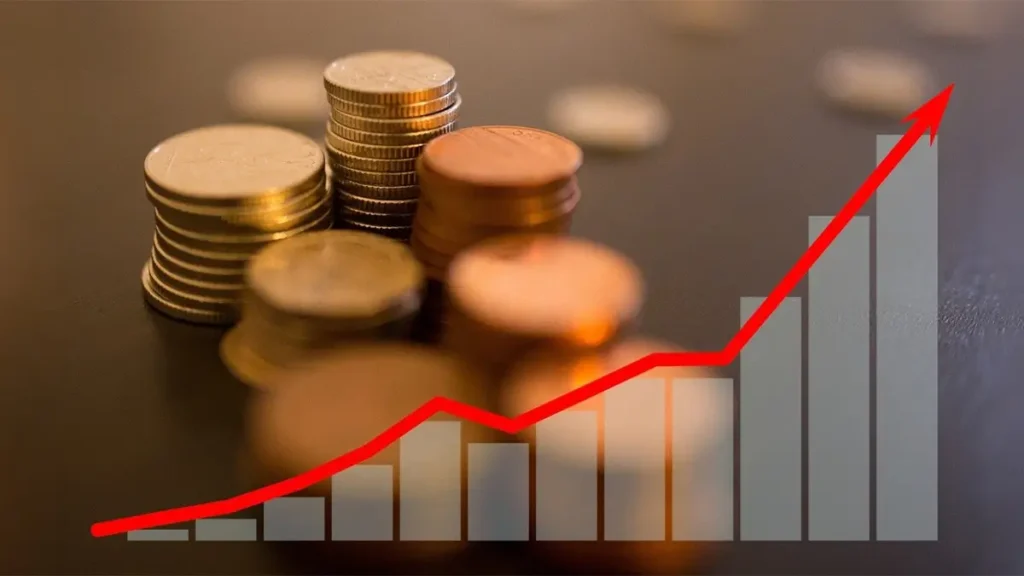Leading economists and central bankers concur that higher for longer rates are creating uncertainty in global markets.
Over the past year and a half, central banks worldwide have taken forceful measures to combat surging inflation, achieving differing levels of success.
The US Federal Reserve halted its rate hikes in September after raising its main policy rate from 0.25-0.5% in March 2022 to 5.25-5.5% by July 2023. Thus, the halt results in higher rates for a longer period.
The Fed has strongly conveyed that, for inflation to consistently reach the central bank’s 2% target, higher for longer rates are required.
World Bank President highlights challenges of higher for longer rates
World Bank President Ajay Banga reinforced this notion during a recent IMF-World Bank conference, suggesting that higher for longer interest rates will pose challenges for global companies and central banks.
He conveyed that this higher for longer rates will introduce complexity into the investment environment.
Inflation in the United States has notably decreased from its June 2022 high of 9.1% year-on-year.
Nevertheless, a Labor Department report from last week revealed that it exceeded anticipated levels in September, registering at 3.7%.
HSBC’s Greg Guyett addresses the challenges of higher rates for longer time
Greg Guyett, the CEO of global banking and markets at HSBC, expressed certainty about the higher for longer interest rates.
He remarked on the recent US inflation figures, describing them as disappointing for those anticipating a rate decrease.
Greg Guyett noted that apprehensions about enduringly elevated borrowing expenses had led to a subdued environment for deals.
In attracting buyers, this environment has witnessed feeble capital offerings and challenges for recent IPOs, including Birkenstock.
According to Guyett, strategic dialogues have a noticeable increase as companies seek growth and synergy opportunities.
He believes that despite the higher for longer rates, it may take some time before companies act due to high financing expenses.
ECB hints further rate hikes
Last month, the European Central Bank raised its main deposit rate for the 10th consecutive time, reaching a historic 4%, even as the Eurozone economy displayed signs of decline.
Central bank governors and ECB Governing Council members, speaking to CNBC last week, suggested that a November rate hike might be improbable.
However, they emphasized the importance of keeping the possibility of future rate increases open due to ongoing inflationary concerns and unforeseen shocks.
Economists and Central Bankers have united views on higher for longer rates impacting global markets
Croatian National Bank governor discusses Higher for longer interest rates
Boris Vujčić, the Croatian National Bank Governor, noted that the expectation of higher rates for longer is not a novel concept.
However, he pointed out that markets in the US and Europe have been sluggish in adjusting to this idea.
Vujčić stated that interest rate reductions are contingent upon a convincing decline in inflation toward their medium-term goal.
He emphasized that this transition won’t occur soon. In September, Eurozone inflation dropped to 4.3%, marking its lowest point since October 2021, according to Vujčić.
He anticipates this decline to persist due to base effects, ongoing monetary policy adjustments, and a sluggish economy.
Vujčić pointed out that uncertainty arises when inflation nears approximately 3-3.5%.
The labor market’s robustness and wage pressures could affect the alignment with their medium-term goal. He expressed doubts about the envisioned convergence with the target.
If the expected outcome doesn’t materialize, additional measures may be needed.
Bank of Latvia Governor highlights inflation risks and ‘Higher for Longer’ policy transition
Mārtiņš Kazāks, a fellow member of the Governing Council and the Bank of Latvia Governor, shared this prudence.
He expressed contentment with the present interest rates but clarified that he couldn’t rule out future increases for two reasons.
Kazāks cited two factors: ongoing wage growth in the labor market and geopolitical considerations.
Speaking at the IMF meetings, he mentioned that these elements influenced his perspective.
Kazāks voiced concerns about potential unexpected events raising inflation levels and emphasized the need for cautious monitoring.
He stated that monetary policy is transitioning into a prolonged “higher for longer” phase to support the ECB’s inflation goal by H2 2025.
This shift aims to facilitate the ECB’s mission of firmly reinstating 2% inflation by the second half of 2025.
Robert Holzmann cautions on inflation risks and rate hike uncertainty
Robert Holzmann, an influential member of the Governing Council, leaned towards a more cautious stance.
He stressed that potential risks for inflation remained tilted upwards. Holzmann cited factors like the Israel-Hamas conflict and other disruptions that could increase oil prices.
Holzmann highlighted the potential need for additional rate hikes if unforeseen developments or misinformation arise.
Holzmann conveyed a message to the market: refrain from speculating on the timing of the first rate cut.
He emphasized that the duration needed to achieve the desired inflation level remained uncertain.
South African Reserve Bank pauses for reflection after tightening monetary policy
South African Reserve Bank Governor Lesetja Kganyago believes their task isn’t complete.
However, he indicated that the SARB can now take a break to evaluate the consequences of past monetary tightening.
The central bank raised its primary repo rate from 3.5% in November 2021 to 8.25% in May 2023. It has maintained this rate level since then.
Read More: Fed December Meeting: Here’s What to Expect

